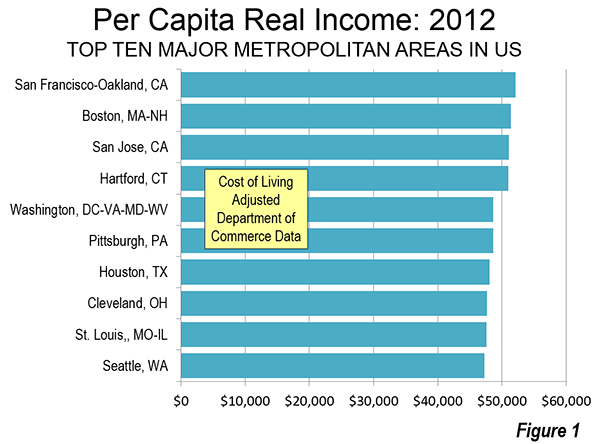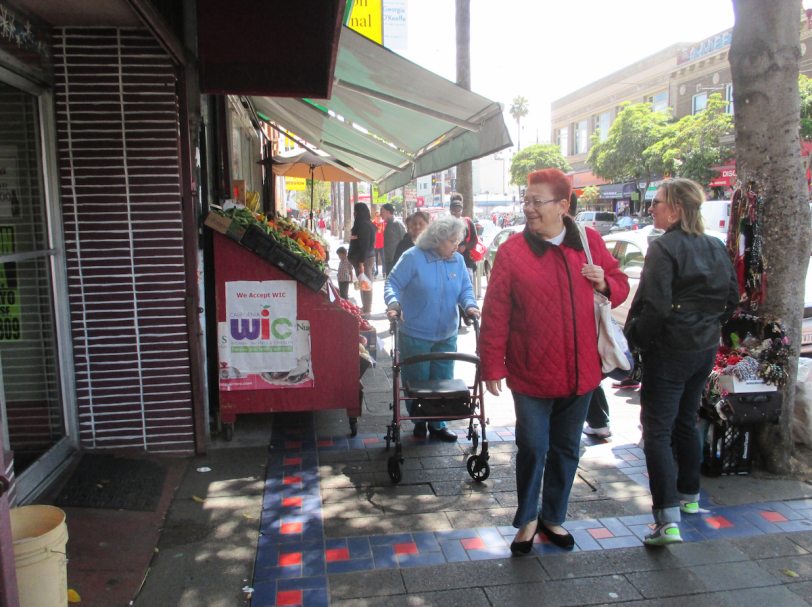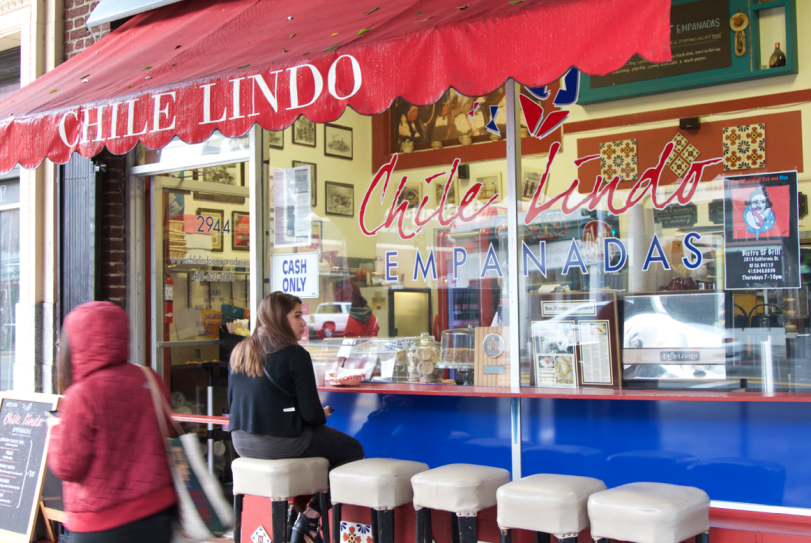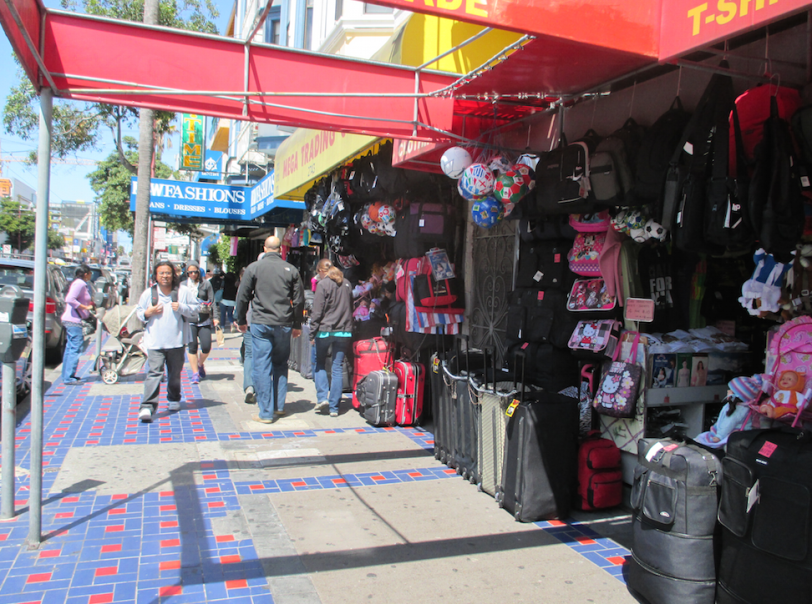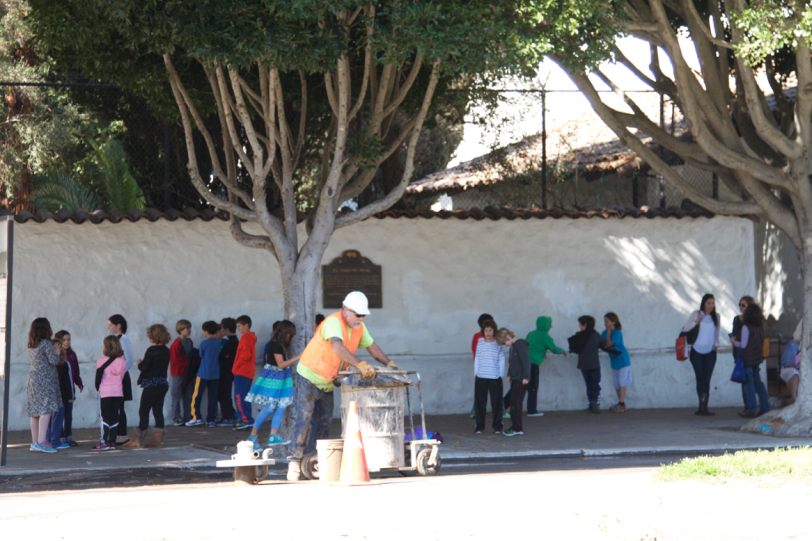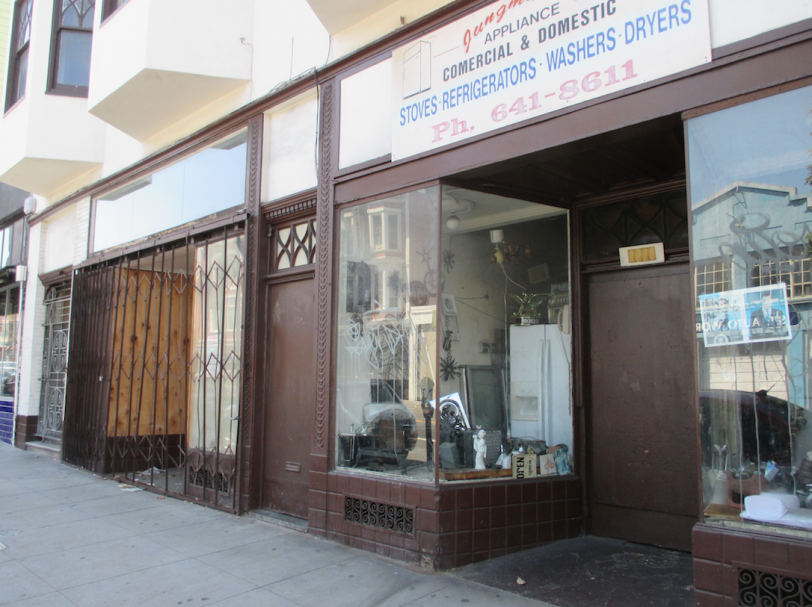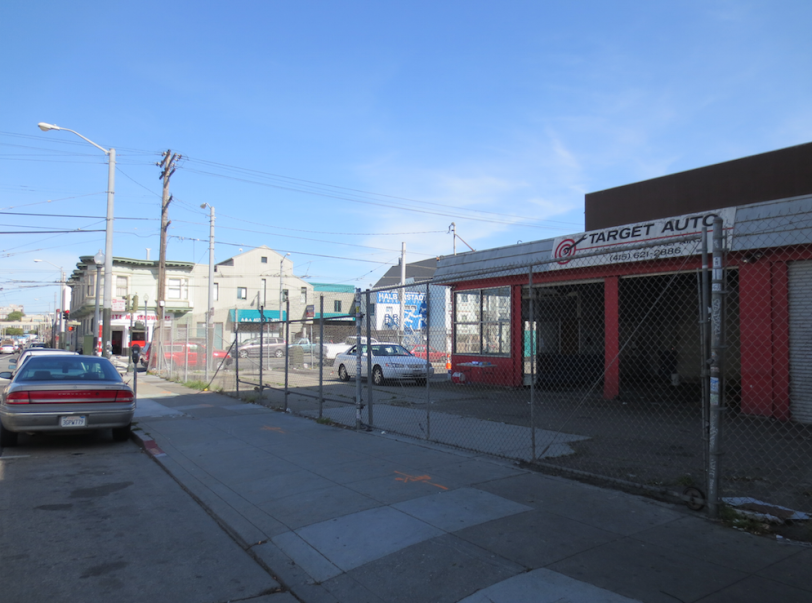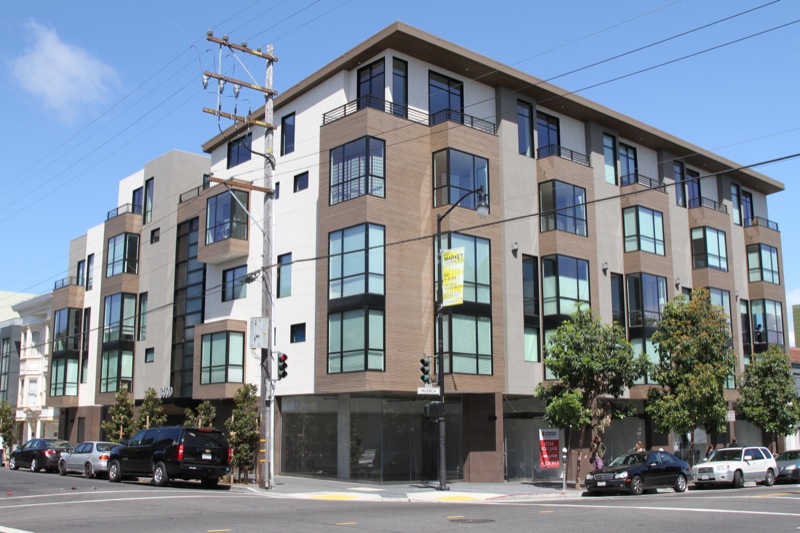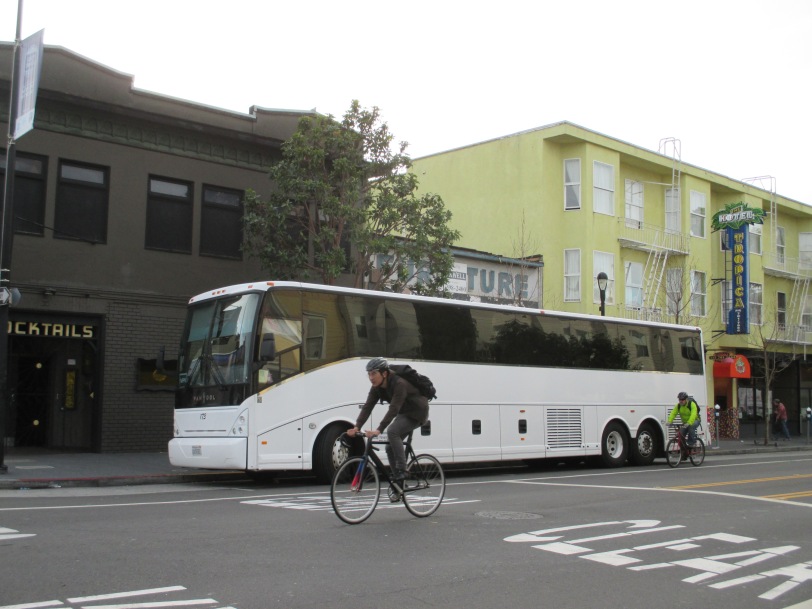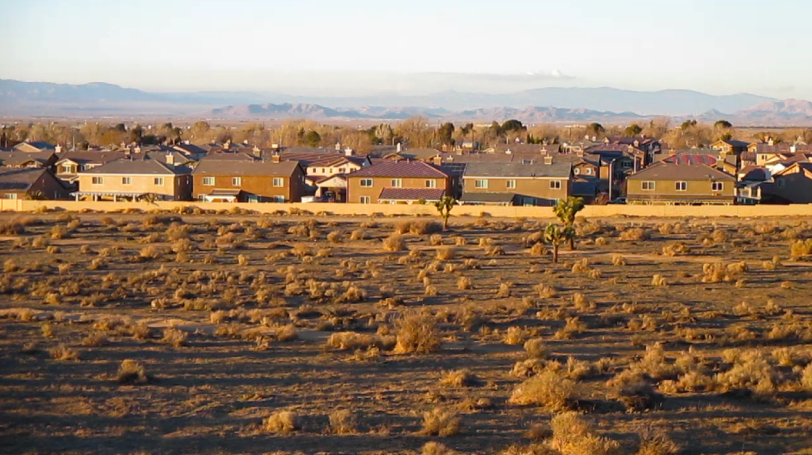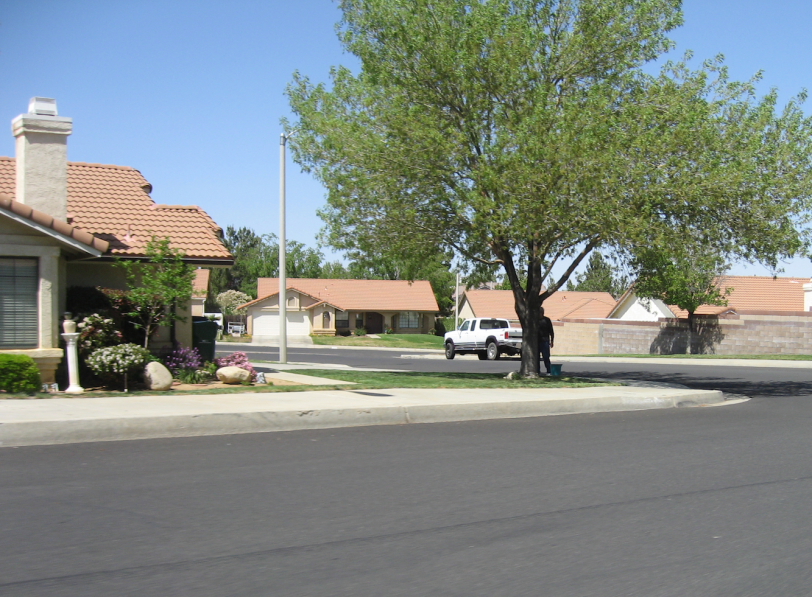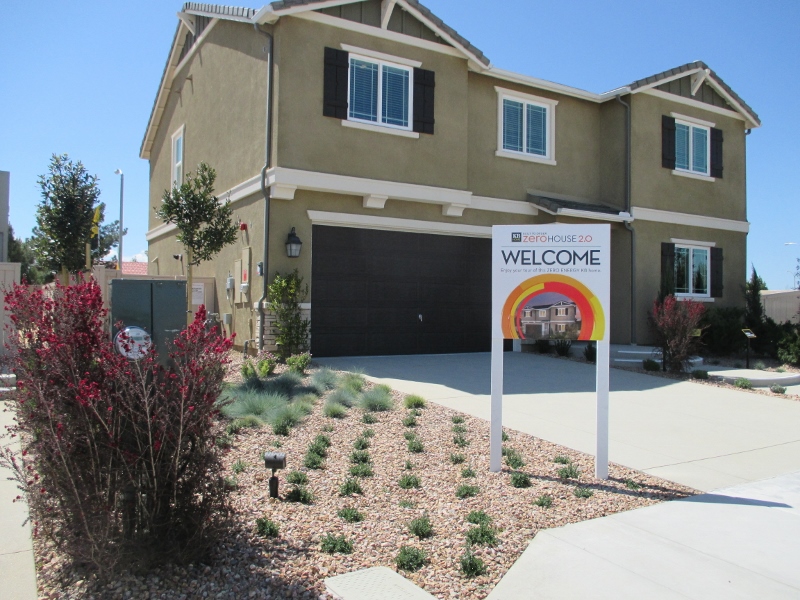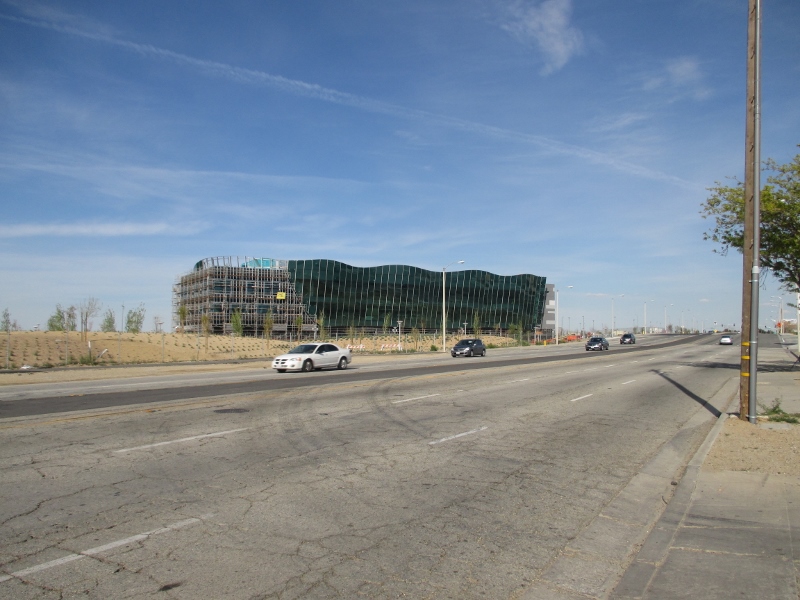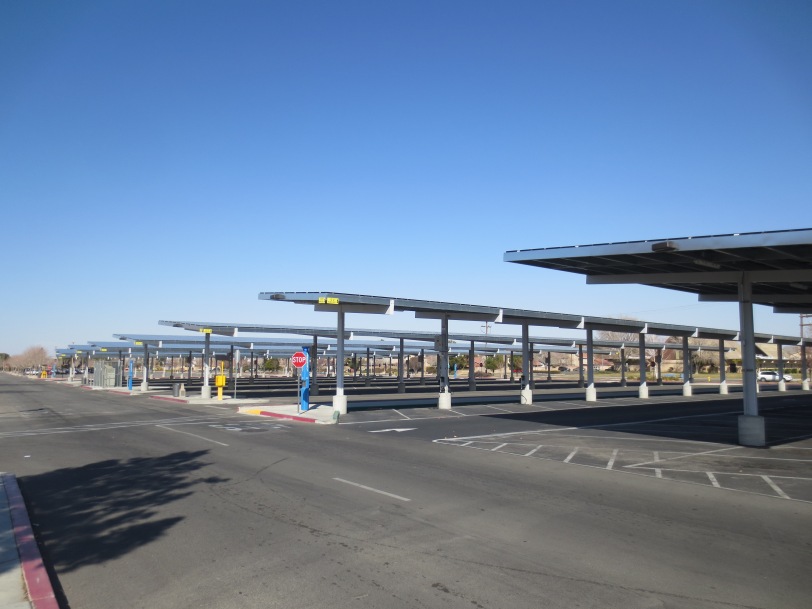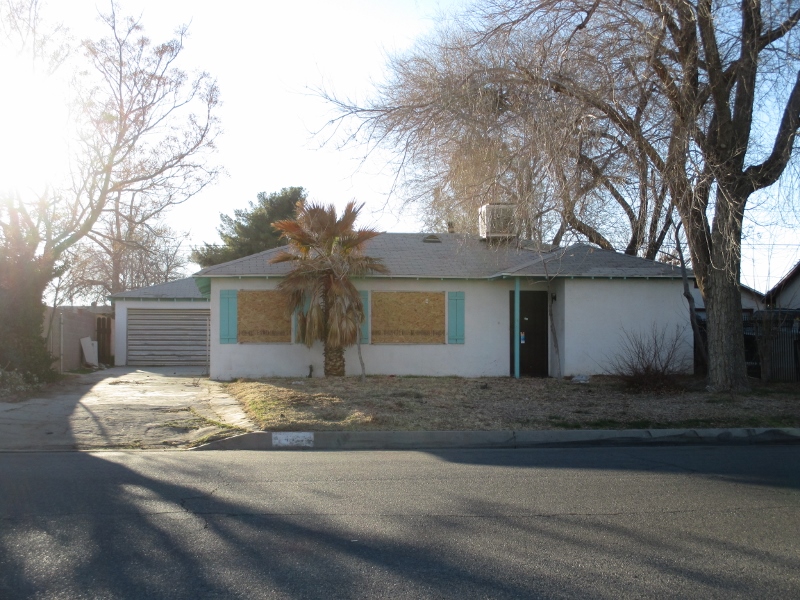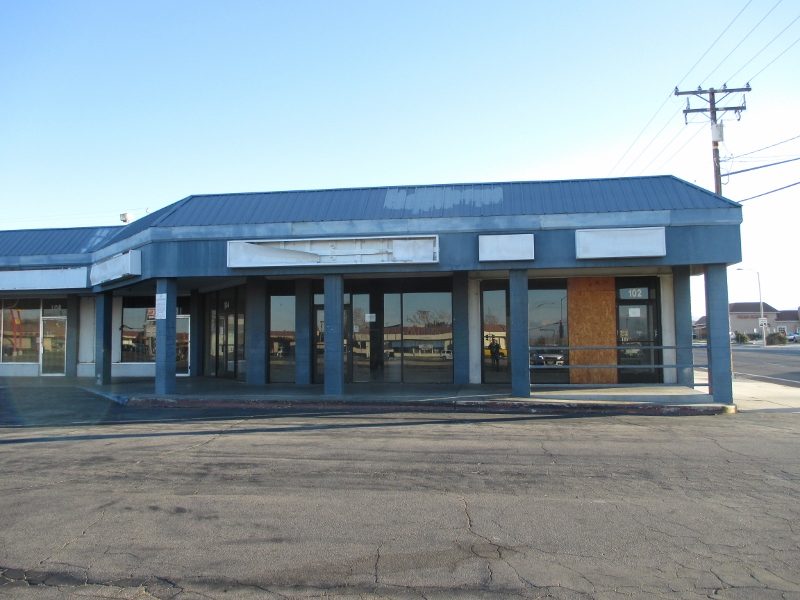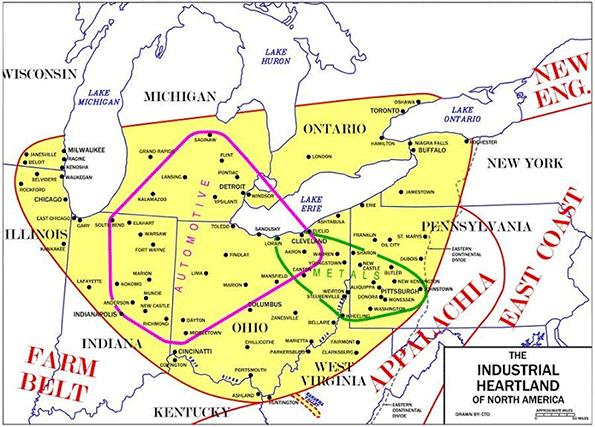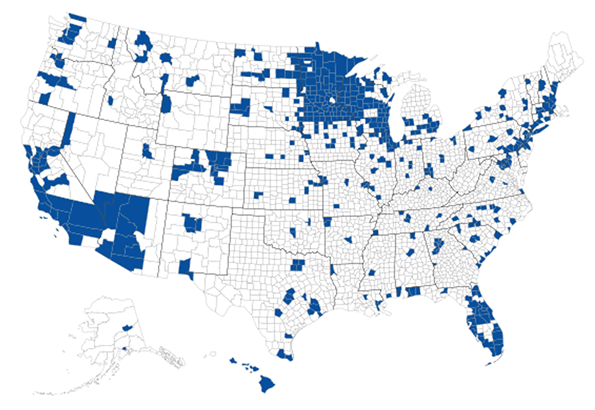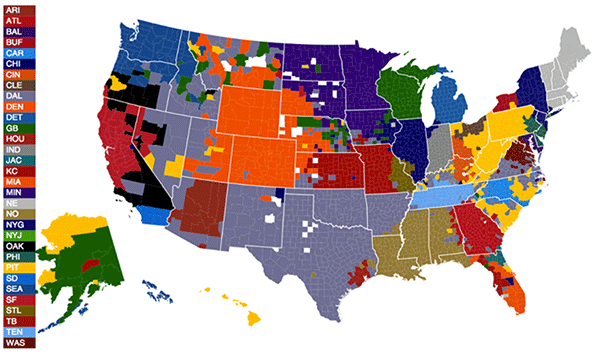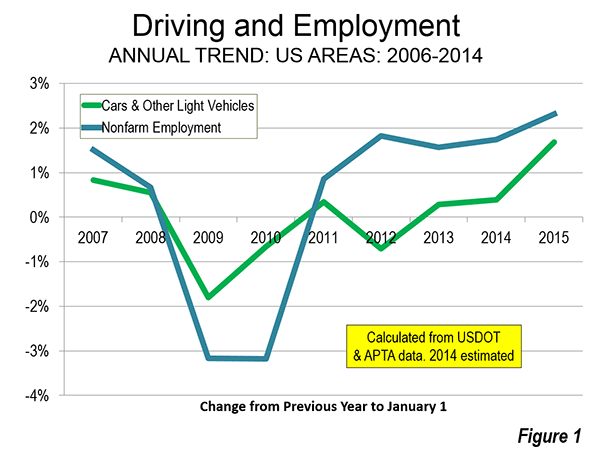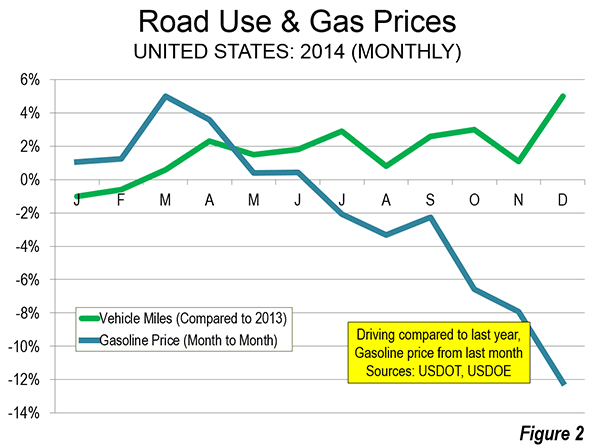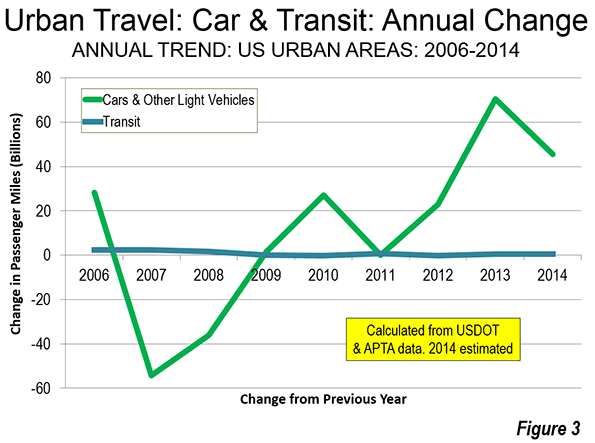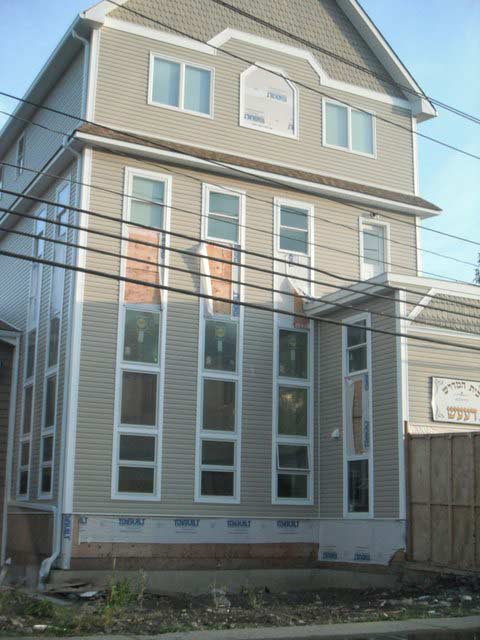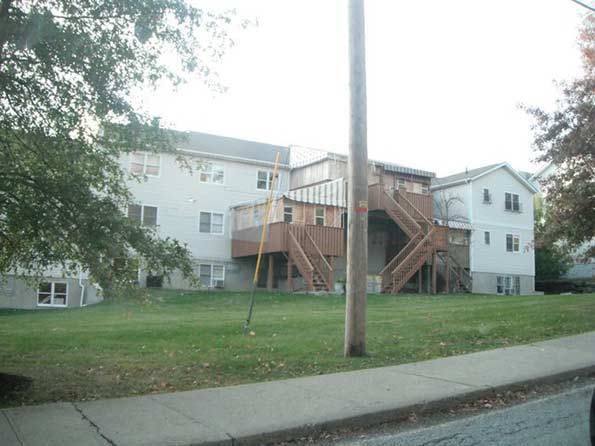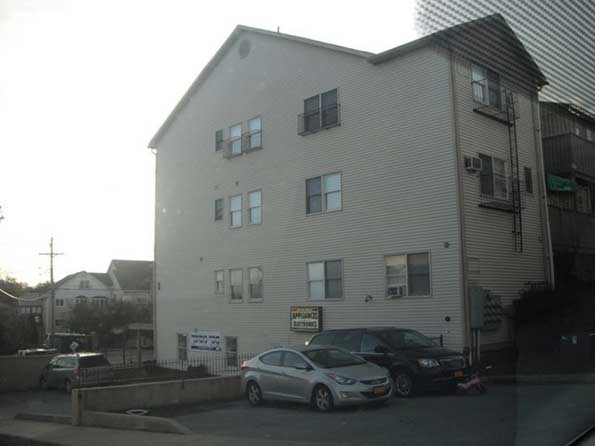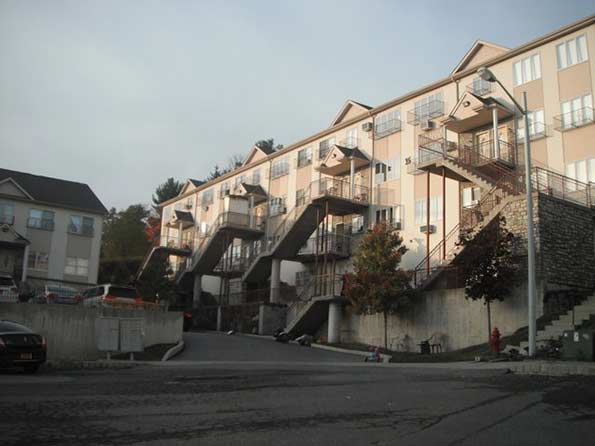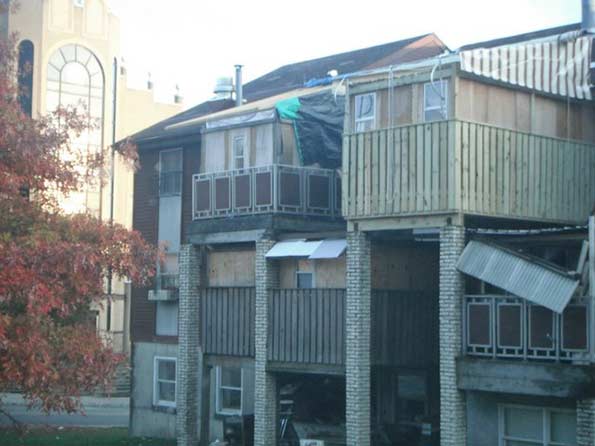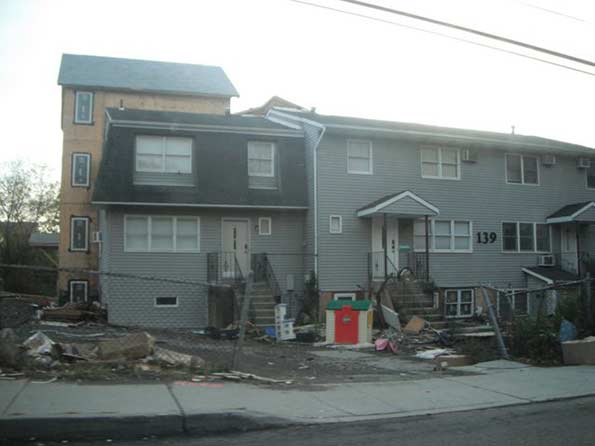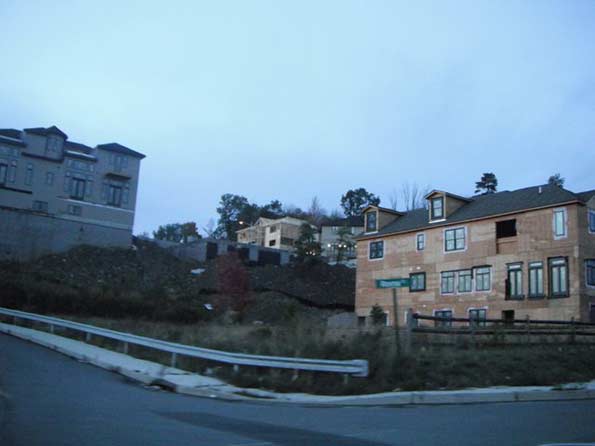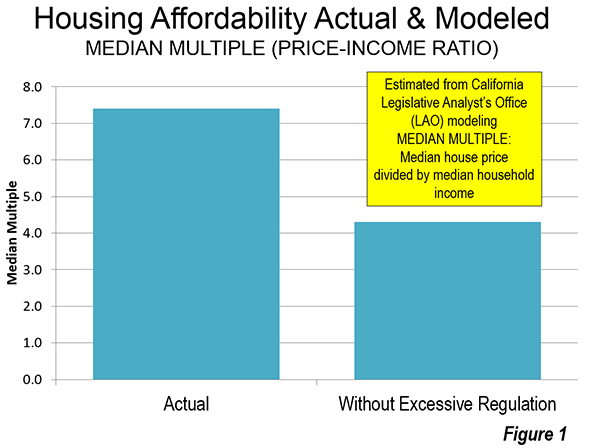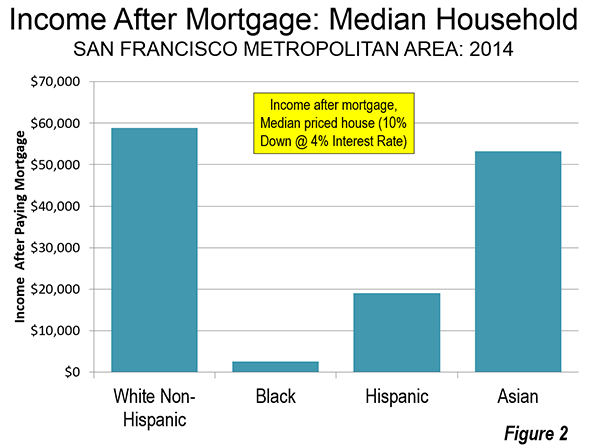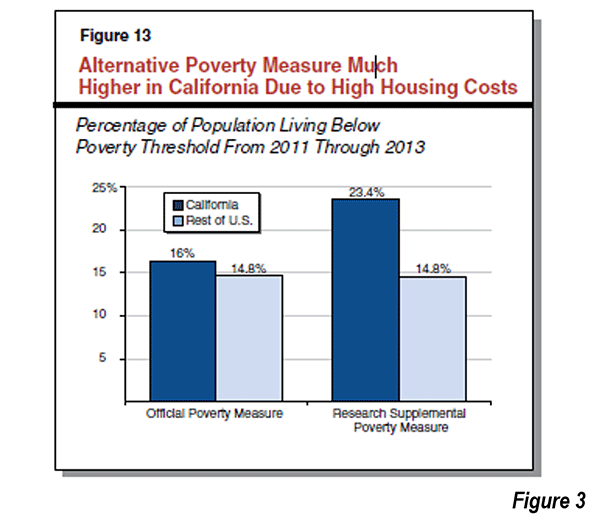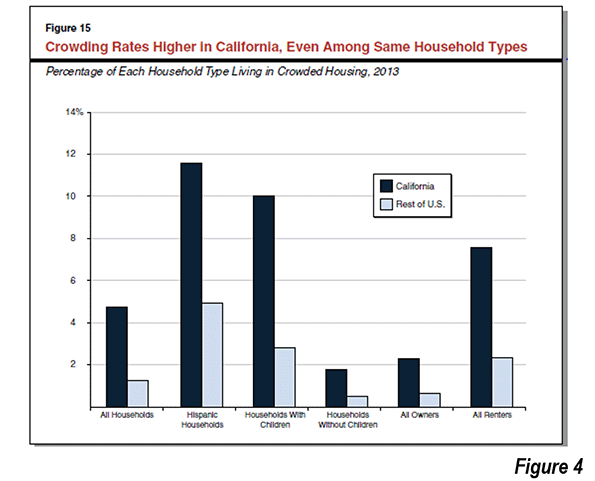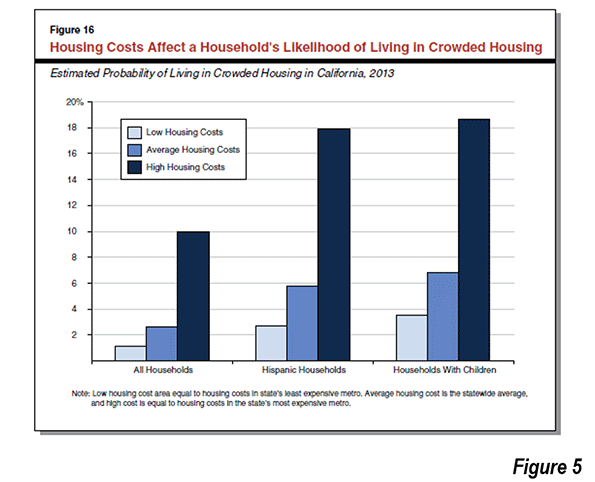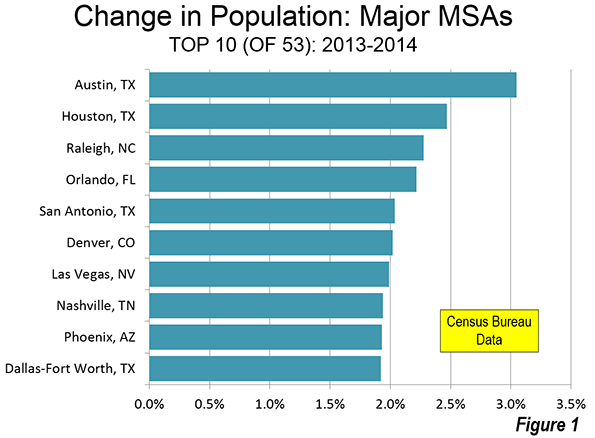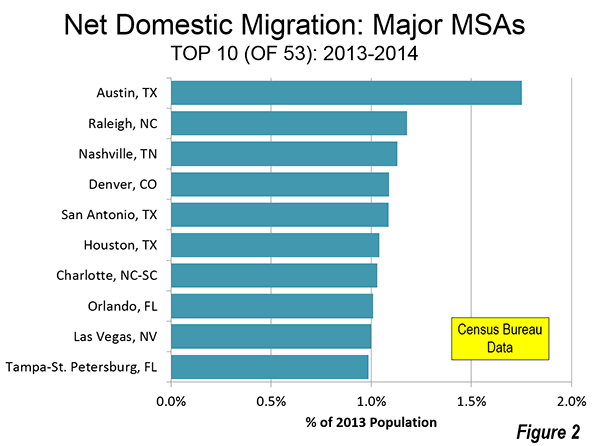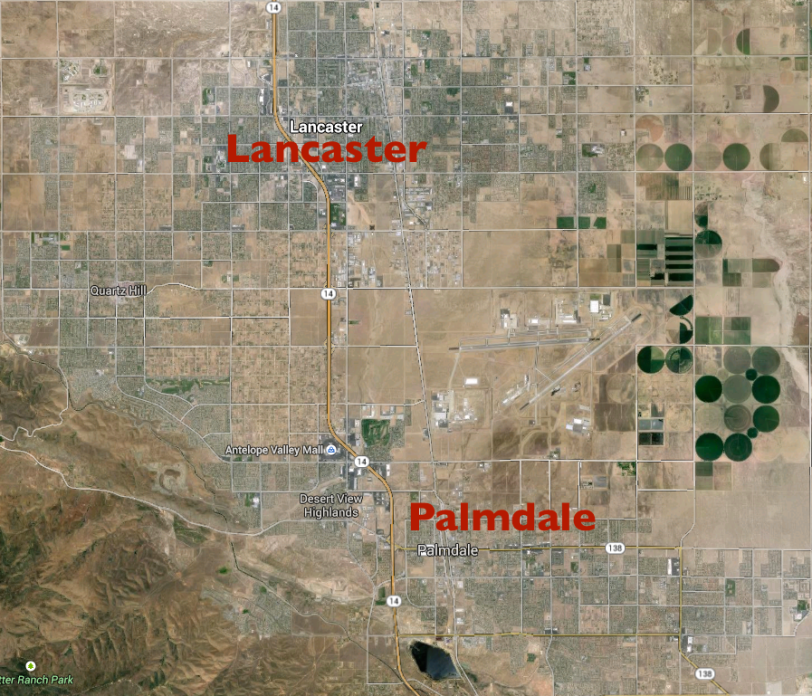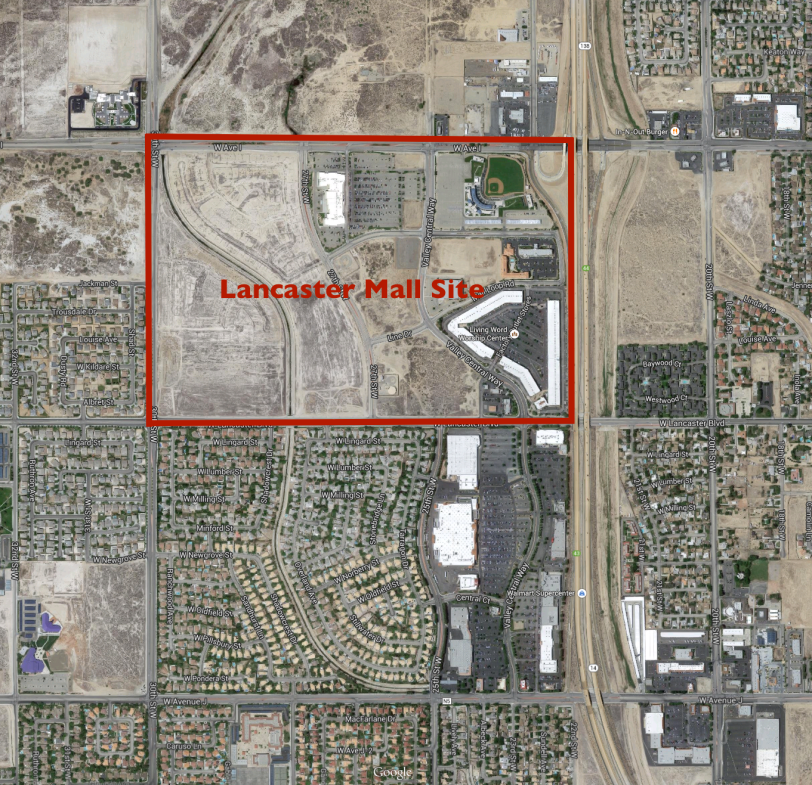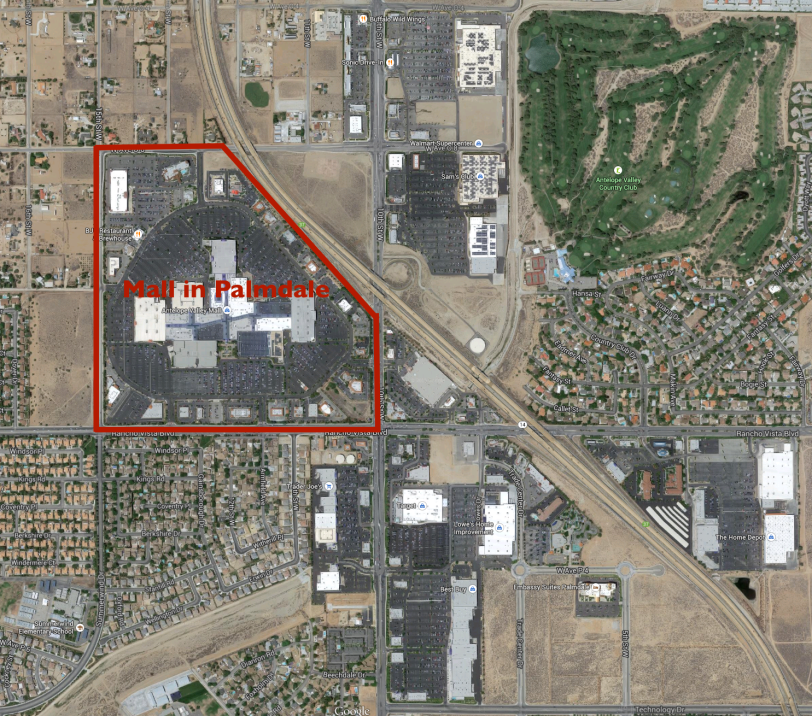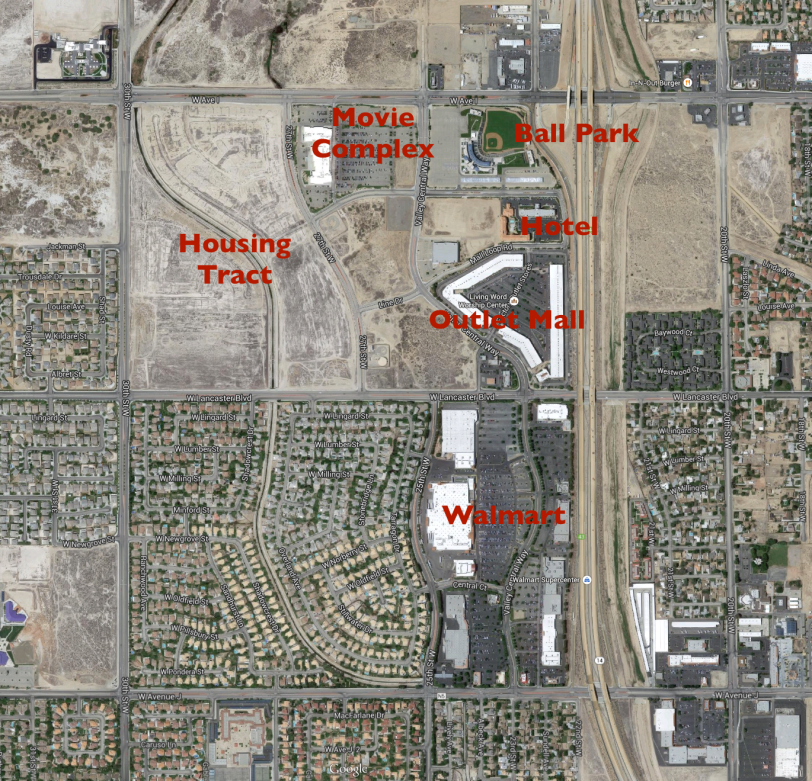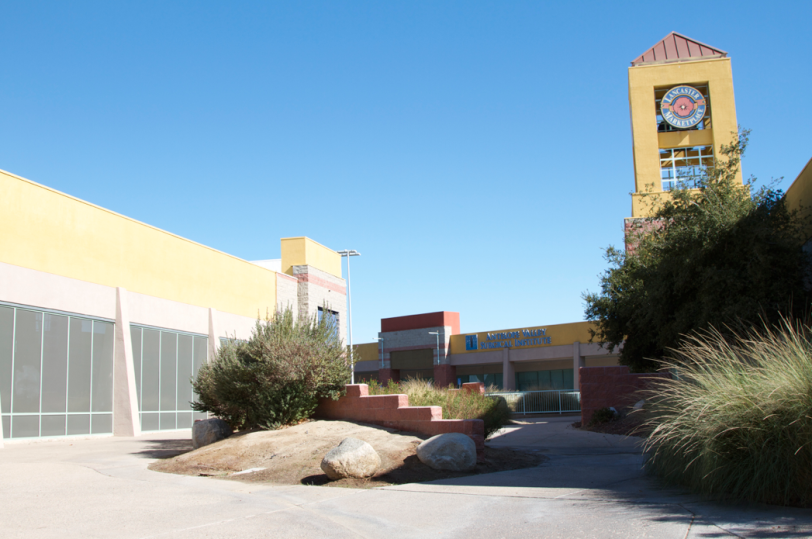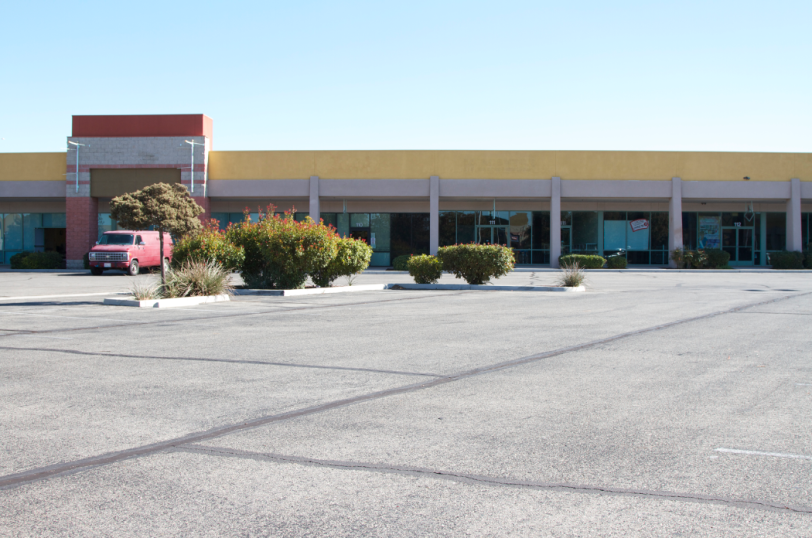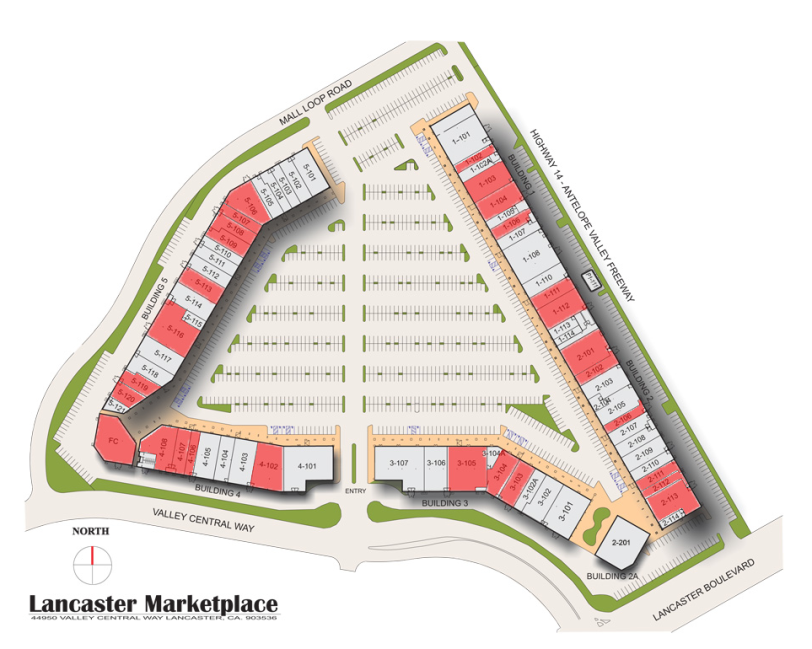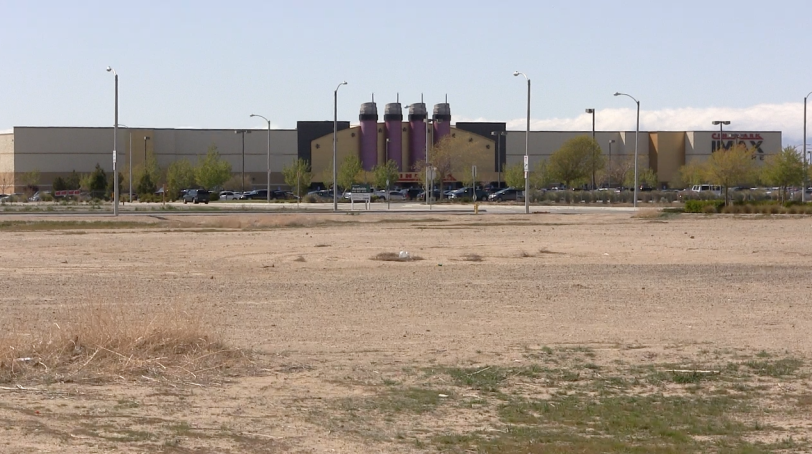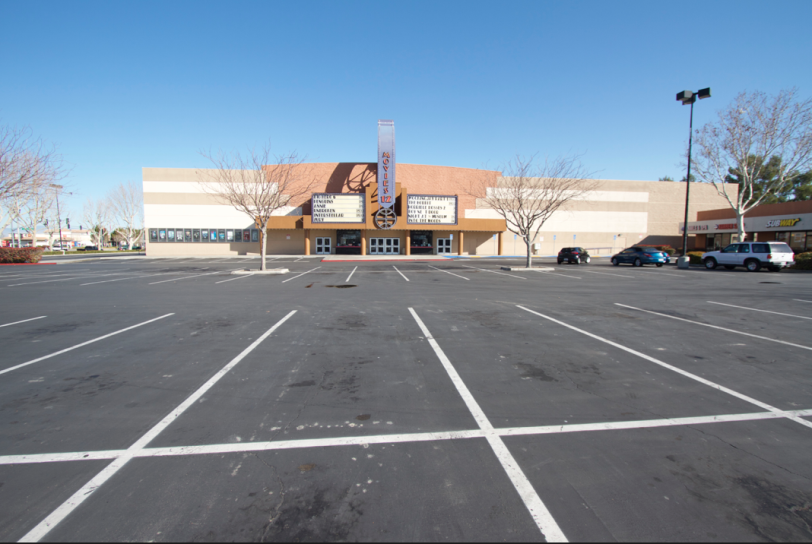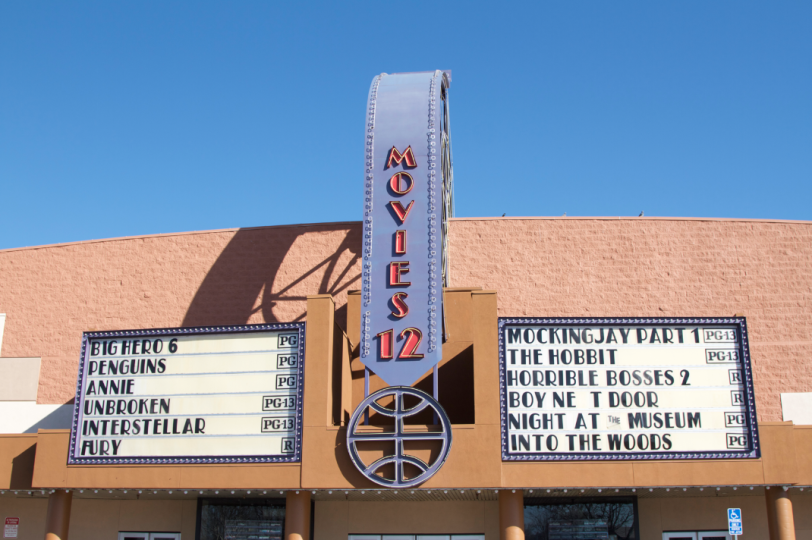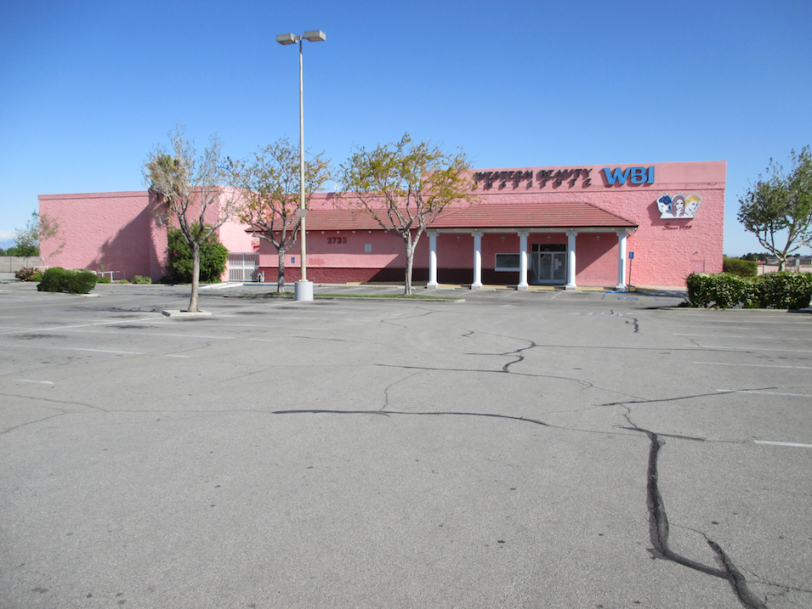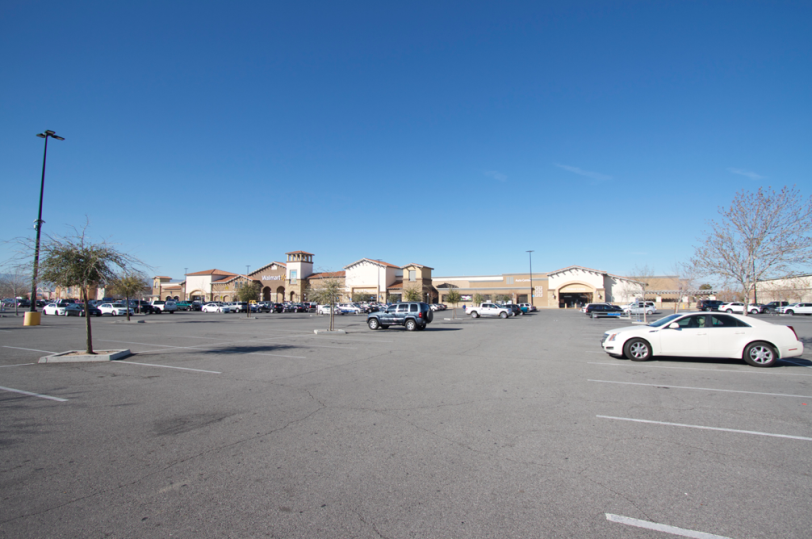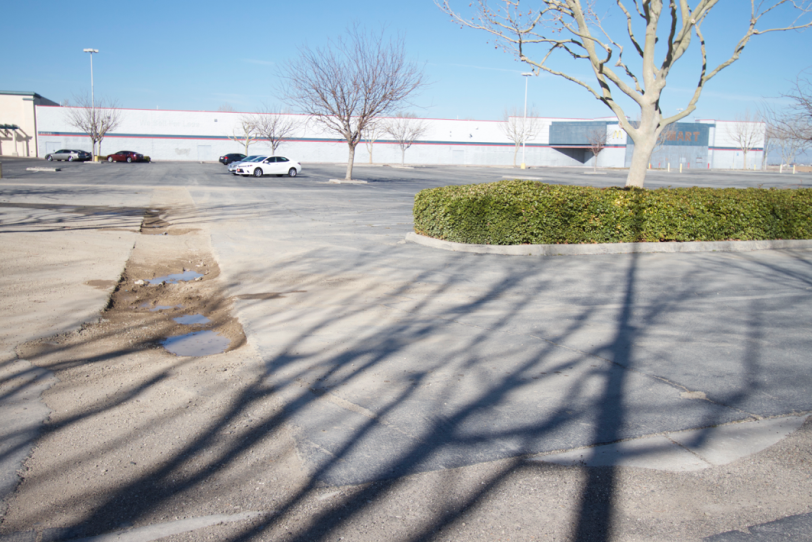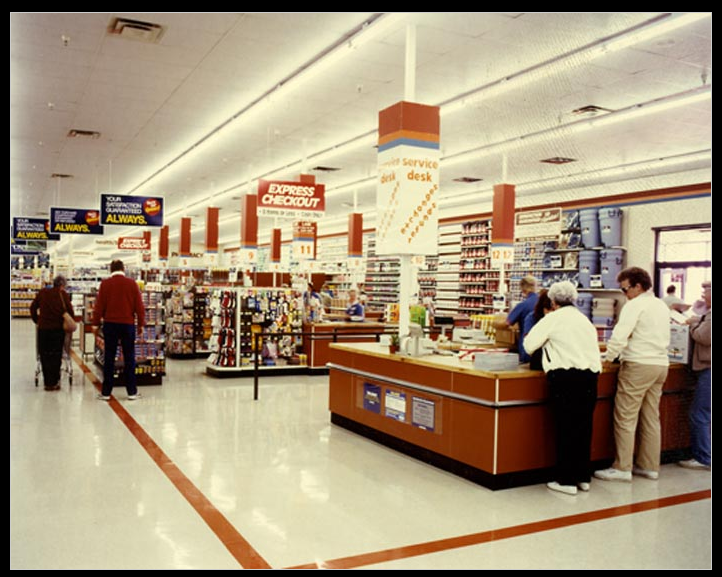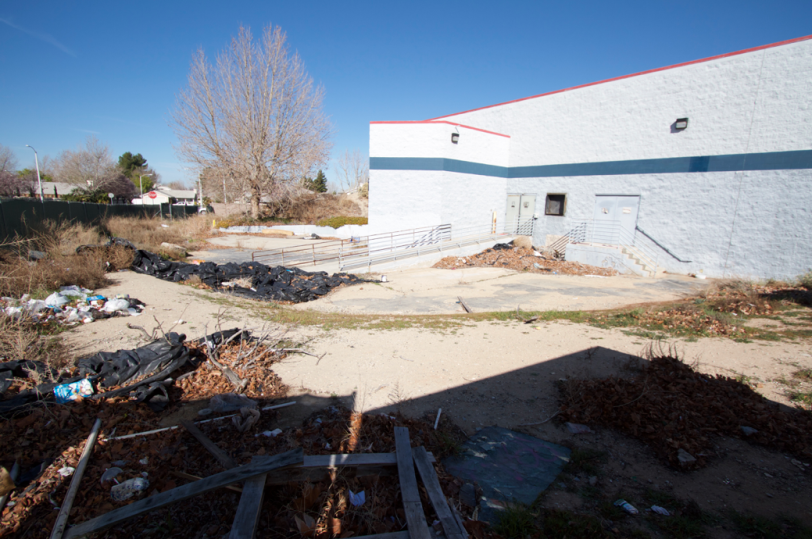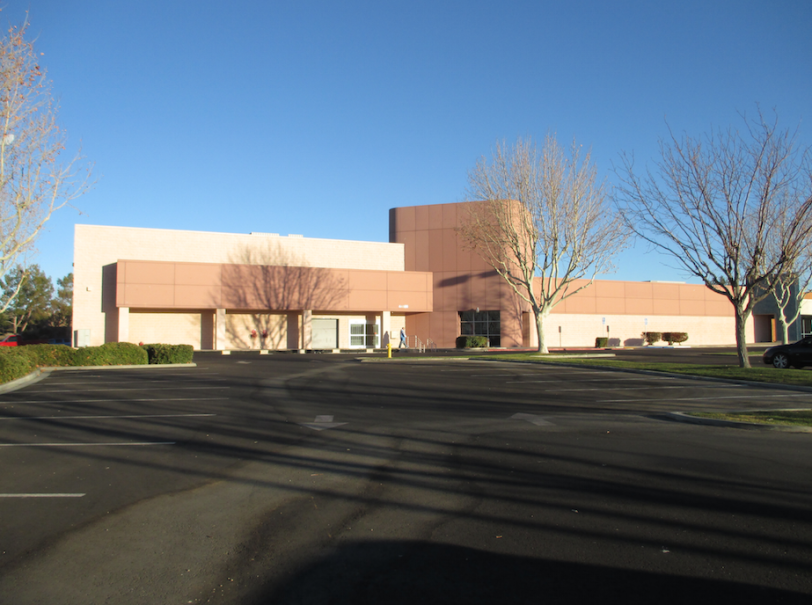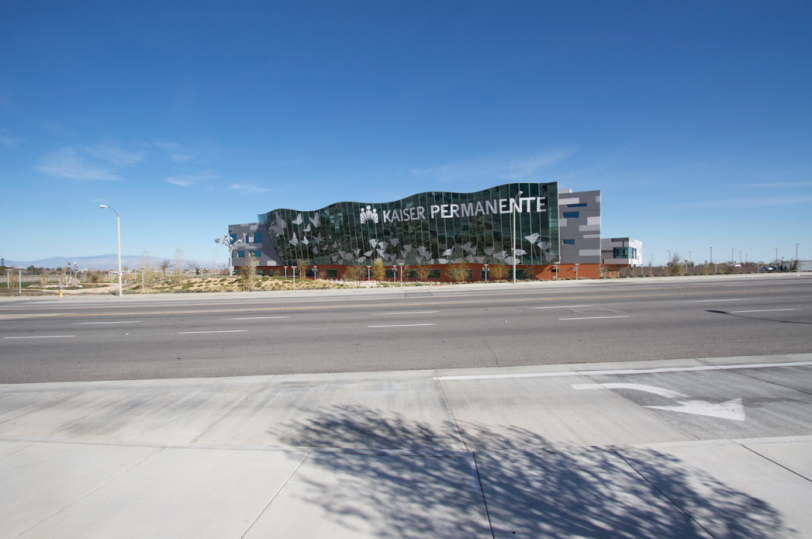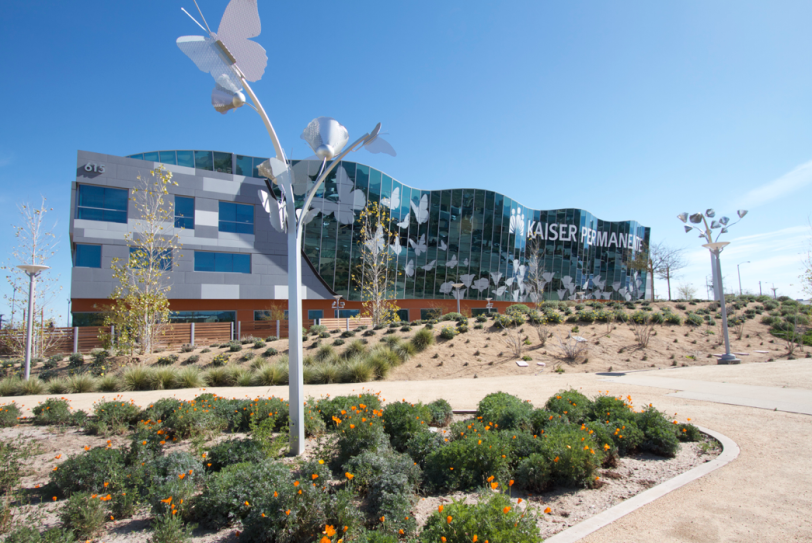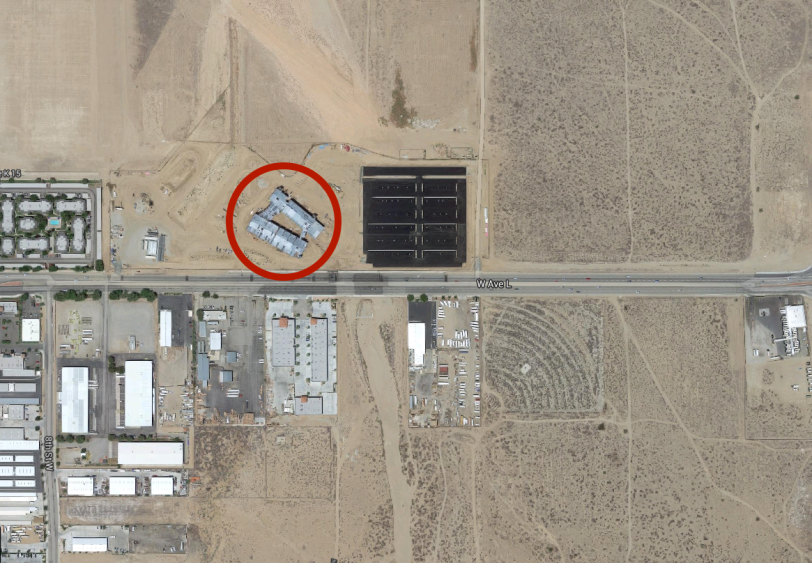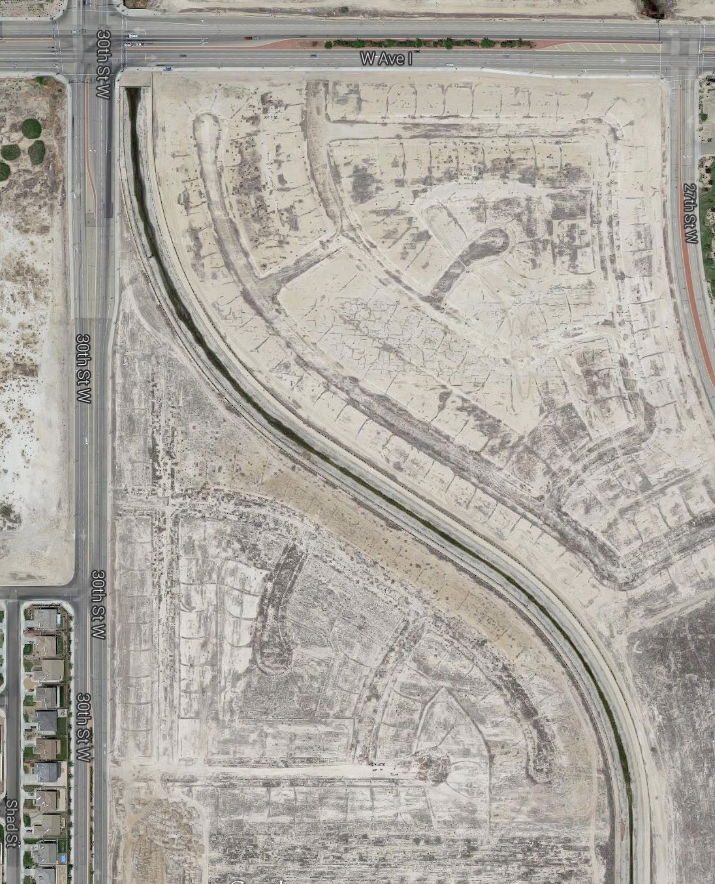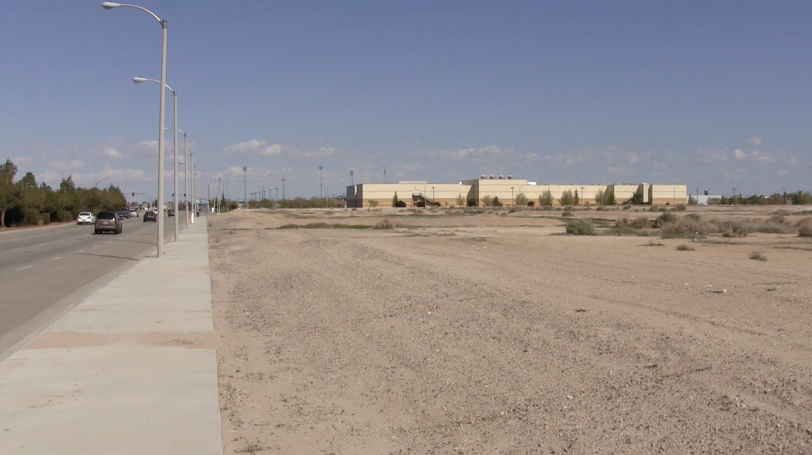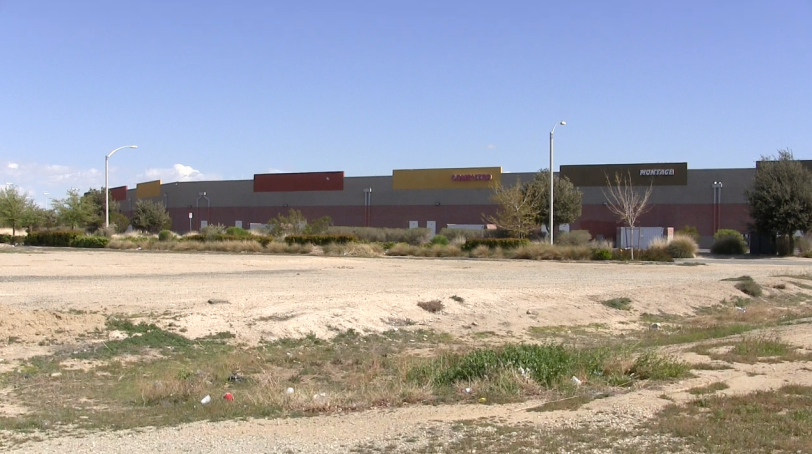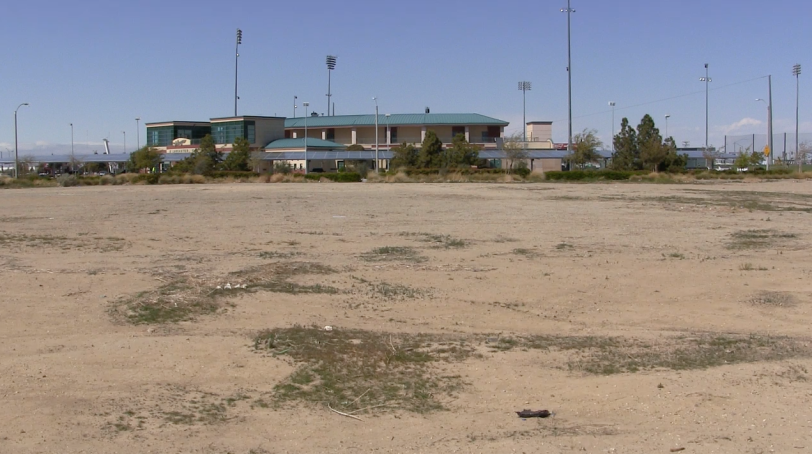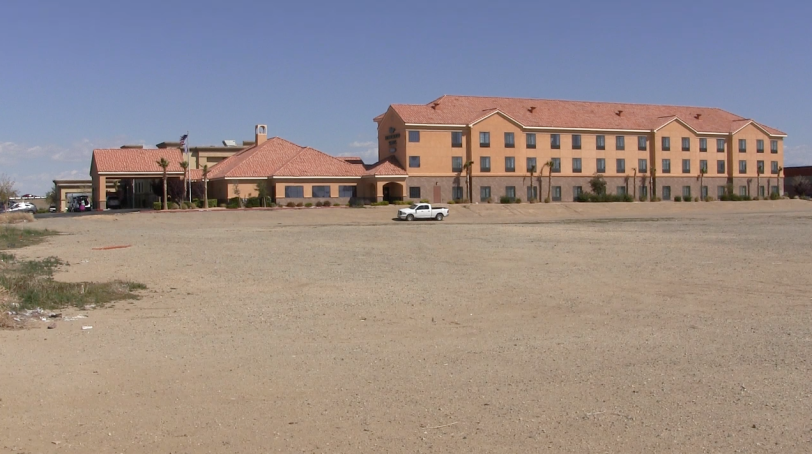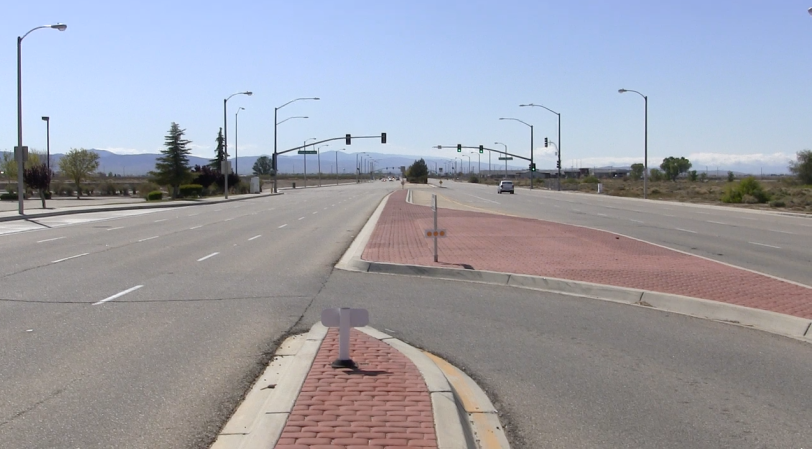In November, I joined an overflow crowd at the Walker Arts Center to hear a panel discussion entitled Midwest? The Past, Present, and Future of Minnesota’s Identity. The discussion stemmed from common questions of identity, and proposed that Minnesota and the Twin Cities secede from the “Midwest” and claim ownership of a new region: the North. If you’re reading this article, you’ve probably heard about this, perhaps from the Star Tribune’s original write-up. There are some powerful people behind the movement. It’s the brainchild of Eric Dayton, son of the governor and owner of The Bachelor Farmer restaurant and the Askov Finlayson clothing store.
Recently, the idea has experienced another surge of media interest. Brian Martucci, The Line‘s Innovation and Jobs News Editor, wrote an article that catalogs piecemeal some of the projects and movements that are transforming the Minneapolis-Saint Paul cityscape. A day later, The Wall Street Journal (of all newspapers), published a different take by Christina Brinkley, their fashion and style columnist.
It’s a fascinating experience to read these two commentaries side by side. Martucci writes from the perspective of someone who lives here, and his focus is firmly on the built environment. As is evident to any resident, Minneapolis and Saint Paul are undergoing a breakneck physical transformation, with further changes hurtling down the pipeline. Meanwhile from New York, Brinkley is interested in goods. Red Wing shoes, Faribault wool, Duluth packs, and other ‘Made in Minnesota’ products are reportedly—this writer wouldn’t know, he cannot afford them—in vogue, thanks in part to their decades-old, blue collar, lumberjack bona fides. At the confluence of both of these trends, both writers found Eric Dayton and his determination that we live in the ‘North’, and that Minneapolis-Saint Paul should assert its place as the capital of this new region.
The Idea of North
I love the idea of “North.” I am a New York native. I came to Minnesota for college, studied geography and have lived here in the short period since. I have flown over Minnesota and I have also called it home. I have an unshakable certainty that Minnesota is deeply underrated, especially among people like myself. After the event at the Walker in November, I convened a Facebook focus group of high school friends and asked them what came to mind when they imagined Minnesota. I heard back—
The Vikings—
Adrian Peterson—
Outdoorsy stuff when it’s not cold—
You can go to the movies or marry your high school sweetheart or get cold in Minnesota—
We’ve all heard something to the same effect. Minnesota is a frozen tundra populated by mostly second rate football players and provincial people. No theater. No bikes. No beer. We barely get credit for being an objectively incredible sports town. I wholeheartedly blame our association with the Midwest for this. We are shoehorned into a familiar “flyover state” template and the thermostat is turned down. At least Ohio gets to choose the president.
Why yoke our region to images of yokels? There’s hardly a consensus that we’re part of the Midwest anyway. Meanwhile, the commonly used “Upper Midwest” is the unsweetened oatmeal of place names, hardly worth insisting on.
In “North,” we would own an identity that is simple, evocative, and accurate. It is miles beyond what we have now.
![mayday2]()
Keep Minnesota weird
Yet is this reason enough? It may be that most Minnesotans feel the same way and that the roots are already laid for a reinvention. The capacity crowd at the Walker indicated that many are ready to jump on board. But the success of the North movement relies on both broad and fervent support. To harness both, advocates need to make a compelling argument that embracing our Northern identity is not just a good idea because it feels better than before, but because there is an economic and cultural imperative toward doing so.
Do we Really Have a Place-Branding Problem?
It’s not clear that the Twin Cities and our hinterland are struggling because of our attachment to the boring Midwest and our reputation as the American manifestation of Hoth.
Minneapolis-Saint Paul is punching well above its weight economically. The metro unemployment rate is the lowest of any large American city, we have high wages, and a modest cost of living. We have the fifth most Fortune 500 companies and the most per capita of American metropolitan areas. We’re not bad for small businesses either. As a result of the MSP economic engine, the state of Minnesota is also doing relatively well. Our state’s unemployment rate is the nation’s fifth lowest and our economy is growing at a reasonably strong rate.
Of course, the problem here is that we’re dealing with a counterfactual. If Minneapolis-Saint Paul had a stronger identity, would we see the results in a better economy?
It’s nearly impossible to prove, but with basic data we can make a few back-of-the-envelope observations that may bolster that claim. We know that cities and regions with more human capital have a strong correlation with economic strength. There is some evidence that suggests we could do better at attracting that talent. Data from City Observatory‘s ‘Young and Restless’ Report shows that the Twin Cities boasts one of the better educated cohorts of young people in the country. Given our strong economic position and wealth of colleges and universities this is not surprising. But despite an increase in the number of young and educated in the city and the metro area, we lag behind some of our national rivals in growing these numbers in a way that seems at odds with what our economic and educational attractiveness would predict.
Minneapolis-Saint Paul ranks tenth in young and educated adults who live in the city, but fourteenth in terms of real growth, and twenty ninth in percentage terms. Denver is an easy comparison. The Mile High City (that’s their tourist slogan too—straight, to the point, and in sync with how outsiders think of the city) had just over 2000 more young and educated adults than MSP in the year 2000. Now the gap is over 6000. That’s why Denver got the star treatment from the New York Times in this article that Facebook’s algorithm has been advertising to me for the past three months.
Baltimore is the nation’s biggest turnaround story, having doubled the young and educated population of the city from 2000 to 2010, surpassing MSP in the meantime. Baltimore doesn’t have a brilliant identity (The Charm City), but it offers a relatively low cost of living,dramatic cityscape improvements, powerful educational institutions, and an enviable position in the undoubtedly cool Northeast megalopolis (with the ability to commute to DC). MSP can boast three of the four, but not the East Coast brand.
It’s plausible to infer that Baltimore’s low cost, urban and high ed assets, and unique position have helped it draw in a young, educated crowd, but that its lack of a compelling identity has contributed to the lack of attachment to it that residents feel.
The Branding Theory
So the theory as a whole goes like this:
We are mired in a classic economic morass of having a product that people cannot distinguish from other substitutes. Those substitutes are regional railroad and rust-belt towns like Indianapolis, Cleveland, and Milwaukee. The image of these cities is cold, boring, and downtrodden. If we want Minneapolis-Saint Paul to attract people, especially people who have the agency to move to a place of their choosing, what outsiders think of us matters. It is not enough to simply have a superior product. We want to be competing globally as a region and nationally with places like Baltimore and Denver, cities near our size that are buoyed by capturing a greater share of the flood of young human capital. To better compete, we need to celebrate our strengths, turn our weaknesses into opportunities, and emphasize what makes us unique.
![guthrie]()
Minneapolis at its most dramatic
The third rail to this argument is the (in)famous University of Toronto geographer and public intellectual Richard Florida. His work, first laid out in his astonishingly influential 2002 book, The Rise of the Creative Class, is referenced in the original Star Tribune article, and was also brought up at the Walker discussion. Florida essentially takes the human capital economic theory and identifies certain groups—like scientists, engineers, gays, and bohemians—who are “creatives”, and thus (more) important to urban economic vitality. Creative class theory offers policy prescriptions that are extremely appealing to many urbanites, and a beguiling foundation for the Northern argument. There are two problems with it. The first is that Florida’s work, while popular with policy makers and media, is extremely controversial among academics, and has been thoroughly criticized. Second, the creative class is a deeply exclusionary group. While I enjoy belonging to the demographic being fêted by city officials, the identity of our cities and our region must belong to all, not just people like me.
This perspective is biased in another way, too. When I ran this article past a friend of mine who is originally from Wisconsin, he called me out on my own coastal bias. In writing extensively on how to make Minnesota attractive to outsiders, I had left unsaid what championing the North might say to those who already live here. This was an embarrassing omission. 29,000 young adults leave Minnesota to attend schools out of state (21,000 come in) and far fewer return. Overall, Minnesota suffers a net loss of residents to domestic migration. Even to those who live here, the North’s image could use burnishing.
Culture is the Key
That’s why the Northerners must make a cultural argument as well.
There’s a lot of low hanging fruit here. Minnesota is the state of hockey (despite thedisappointments wrought by our local professional team). We supply the US Olympic Team’s curlers. We host the Loppet, a pond hockey championship, and the best attended Red Bull Crashed Ice event. Snowmobile manufactures Polaris and Arctic Cat are Minnesota-based. We’re avid ice anglers, an activity that is the subject of ridicule in most of America. (Full disclosure: I don’t really get it either.) There is no state in the union that so thoroughly embraces the full spectrum of winter activity. Meanwhile, in the summer, Saint Paul hosts the Minnesota State Fair, which can claim the highest daily attendance in the nation. If any event celebrates the spectrum of what it means to be a Northerner, it’s this.
That’s what you put in a 30 second tourism television spot. But being from the North can mean more than just winter activities. Cabin culture is something that seems a uniquely Northern phenomenon. Minnesota has one of the highest rates of second homes among US states (5.1% of the total dwellings); fifth if you remove sparsely populated states. Wisconsin and Michigan have similarly high rates of vacation homes, while Maine, New Hampshire, and Vermont have the highest percentages nationwide. Northern forests are a transcendent cultural asset.
Historically, the North was settled by Germans and Scandinavians, and their legacy is evident in a way that is easy to spot. Perhaps as a result, our region differs linguistically, which is a powerful source of identity. The Minnesota accent is distinct and a cultural hallmark of the region, just as the drawl defines the American south. Some of our words are different too. Northerners play Duck, Duck, Grey Duck and eat hot dish. (NOT grape salad, remember that now.) And if we’re talking about the legacies of the past, the new North could properly recognize the American Indian history of the region, something that only the Southwest and Pacific Northwest seem to do in any measure.
Our region is also different politically, especially given recent elections in which our neighbors have become Republican territory while Minnesota has remained steadfastly progressive. But this is an element of Northern identity that is problematic, not least because it threatens to excommunicate about half of those whom we would welcome into our tent. Another concern is that political winds are mercurial. Not long ago Minnesota was governed by a Republican and represented by a Republican senator, while Wisconsin was more proudly liberal. Any Northern identity must be durable enough to withstand political shifts.
The Economic Argument
But what do we get from affirming these cultural quirks as the bedrock of an identity distinct from the Midwest? I think a few things.
One, we bolster the value of Minnesotan goods. The ‘North’ movement has been criticized as an elaborate branding campaign by Dayton on behalf of his businesses. Obviously I believe it is and ought to be much more than that. But that does not mean that spreading and supporting Minnesota brands cannot be one of the goals of the campaign. If Minnesota-made boots, sweaters, blankets, and more become fashionable, than Minnesota itself benefits. In the Star Tribune article, Thomas Fischer, dean of the College of Design at the U of M, admits that the region has a “slightly hick” reputation. Northern goods can pave the way for greater respect for Minnesota, the Twin Cities, and this region’s lifestyle.
Second, we better control our own narrative. Fargo is a wonderful movie, but the impact it has had on Minnesota’s image is hard to understate. At Macalester (where I went to college), the movie is one of the few reference points many new students have when relating to their new home. It’s a wonder anyone actually attends. Prairie Home Companion is another revered Minnesotan cultural export that does the state few favors in the population at large. I love it too, but it benefits substantially from context (and repeated listening). ‘North’ can be that context. ‘North’ can trigger the connections between not just Fargo and PHC, but on to other strengths as well. There’s a reason that no amount of Hollywood violence set in New York can diminish that city’s glamour. The context is too strong. Yet Minnesota is best known by just a few cultural touchstones.
Third and finally, emphasizing a Northern culture also includes our rural hinterland. I live in the Twin Cities, as do those who have launched this campaign. At the discussion at the Walker, there was a tension in defining the North; who is a part of it, and who is not? This does not need to be centrally planned; as with all of our nation’s regions, membership islargely down to self-identification. But the North’s borders will not extend beyond I-494 if Minneapolis-Saint Paul dictates the entire platform. There is no dispute that MSP is the economic and cultural capital of the region. There is no dispute that becoming more attractive to young, college educated, creative professionals (near and far) is primarily an urban concern. But rural areas demand respect and deserve it, given that much of the Northern identity we’re peddling is derived from and preserved by them.
![minnesotawsj]()
The Wall Street Journal’s map of Minnesota’s offerings
A Northern Agenda
In one sense, there’s not a lot that really needs changing. The North already exists; it’s not something we need to invent, only identify. This is already well-covered ground. Look no further than The Line or the WSJ articles for a detailed survey of how Minnesota and Minneapolis-Saint Paul are distinct from other Midwestern places, better than other Midwestern places (would we be here if we didn’t believe that on some level?), and uniquely represent what it means to be a Northern region and city. At the Walker, one point of discussion was how to turn our biting winter into a positive. That’s something that Northerners already do. From the Winter Carnival, to the Holidazzle Parade/Village, to Crashed Ice there is plenty to do in wintertime. What’s left for us to do is to be proud of our region’s characteristics (in this case, the climate) and to sell them.
But in another sense, it would be a missed opportunity to think of North as simply a marketing campaign. North could (should) be as much about placemaking as place branding. This may be a chance to set the course of the region in a deliberate way. The recent media coverage illustrates these dual objectives, because both Brinkley and Martucci capture important parts of what North is about. The aim is to reinvent the image of our cities and our region—and reinvent the cities and the region themselves.
If we want it to be—this could be a big undertaking.
Marketing Ourselves
One thing we could get right immediately is the marketing. We should learn from Denver, whose municipal logo and tourism logo both emphasize the skyline of a major metropolis, the rocky mountain backdrop, and the same evocative nickname: ‘The Mile High City’. On the other hand, Minneapolis, our region’s most dynamic hub and economic powerhousehas an awful logo that comes in ballpoint-pen-blue and says absolutely nothing meaningful about the city. Meet Minneapolis has a nice logo, but the tagline; “City By Nature” falls flat. It’s certainly not wrong, our parks are one of the absolute highlights of the cities, but it doesn’t play any of the chords that outsiders have when it comes to Minneapolis. “The Capital of the North” is a bold statement of the city’s prominence, and one that also embraces the region’s climate and culture. It would serve well as both the city’s nickname and tourist slogan, or in a parallel universe, the slogan of a combined MSP tourism agency. As for a logo, there are a number of possible starting points. But my vote is for the North Stars’ iconic mark, which could easily be converted from an “N” to an “M”. The Minnesota/Northern state/region motto and team namesake L‘Etoile du Nord is referenced brilliantly here, and I love the dual meaning that comes from the mapping convention of using a star to represent a capital city.
There’s also a conversation to be had about Minneapolis-Saint Paul’s symbols. Seattle has the Space Needle, St. Louis has the Gateway Arch, Chicago has the Willis Tower, and so on. It’s certainly not necessary to have a single monolith somewhere, but it’s hard to think of an iconic image of MSP that outsiders might have. Unless MSP hosts the Olympics (which we might want to consider, we wouldn’t have to build much) or the World’s Fair, we’re unlikely to throw a ridiculous amounts of money at a massive landmark project in the future. Plus,we’re already doing it. The new Downtown East stadium will soon be the most well-known building in the cities, beating out four important Minneapolis works by Pritzker Prize winning architects, two classical marvels in Saint Paul, and a sculpture of a utensil that will soon be usurped on all the postcards. That’s not the end of the world. The stadium may well look pretty tremendous. It might also change the default-picture-taking-place fromthat pedestrian bridge over 35W to the Cedar Avenue bridge that crosses over the light rail, which would put the green line in the foreground.
The renewed focus on Downtown East offers some unique chances to create a unique, iconic place. One interesting urban feature that will come from the downtown east redevelopment is Wells Fargo’s rooftop signage that will shine down on the Commons park. Here’s to hoping that Wells Fargo does something interesting with their branding. The Twin Cities already have a plethora of memorable advertising signs, but none that really stand out as a regional symbol. If the city asked to be able to take over a rooftop space, they could do something much more interesting. As placemaking ideas go, signs are ridiculouslycheap.
There are other major projects going on that will be local landmarks. The Water Works park would be a tremendous addition to the river, which remains our best (and not entirely fully realized) asset. The reconstruction of Nicollet Mall is another large scale project, and one that’s much further along in the planning and funding. The city has repeatedly indicated their desire to see the mall become the region’s “main street”. On February 3rd, the city issued a call for artists for four large scale projects along the street. Among the projects, the city would like to see an artist “create a large-scale iconic artwork” on the mall. Whatever shape this takes will probably come down to the mind of a mad genius, but the selection process ought to consider work that is derivative our our city and region.
The key date for this marketing push is February 4th, 2018. That’s the day when over 100 million Americans will tune in to watch two teams—neither of whom is likely to be the Vikings—contest Super Bowl LII. For the week leading up to this event, the nation’s sports media will be in the cities, making jokes about the weather. During the game, NBC will be leading into the play with blimp shots and stock footage. It’s easy to overstate the effect of events like these; politicians do it repeatedly. But the Super Bowl’s visibility and timing make it a natural checkpoint in any branding initiative. The bid committee reportedly won the NFL owners over with their plans to embrace winter. Hopefully that does not just mean hanging out in the MoA. If the organizers are true to their word, the Super Bowl will be the perfect opportunity to show the largest possible audience what living in the North is all about.
![redbullcrashedice]()
A new image of Northern cool
Growing the Region Through Tolerance
Altering the image of the region is one project. Altering the region itself is another. The North is worth distinguishing and promoting. But it is certainly worth working to change and improve. It seems as though every month brings new construction projects that will transform the Twin Cities into a more dense, livable, and remarkable place. Yet there is still a parking lot across from the Warehouse District light rail station and the downtown Saint Paul Macy’s still casts a pall over the surrounding sidewalks. The real estate market is strong, but not yet strong enough to fill all of the available holes. Growth is still an imperative. Meanwhile the battles over transportation investments, which could bind the cities, state, and region closer together, instead divide them along political lines.
Is there an apolitical, Northern resolution to these issues? Perhaps not, but in building a Northern identity, we could make choices about our culture that would help us navigate these storms. In particular, I’d urge a reflection on what ‘Minnesota Northern Nice’ could mean.
All sides of every issue do not need to agree on the particulars, but what they should do instead is make a commitment to a process of compromise and conciliation. Many Minnesotans are descended from Scandinavians, who have a long political tradition of seeking consensus. In an increasingly polarized America, politicians and those promoting the idea of a Northern identity should all agree to work to make Minnesota an exception that can serve as a model. We already can count on voter turnout and civic engagement that rank among the highest in the nation. All sides should at minimum find common ground in bolstering the ownership that all Northerners feel in their society through a political process that takes inspiration from our Nordic cousins. Initiatives like solving the achievement gap and reducing our pernicious residential segregation (linked issues that have been addressed by both parties) would be a powerful start.
Northern identity should also influence our perspective of who becomes a Minnesotan. The state loses more people each year to other states than it takes in. However, Minnesota is still adding newcomers, thanks to international immigration. Again, Scandinavian nations should provide a Northern model. While these nations are more restrictive towards immigration than the United States, they accept high numbers of refugees. This tradition already exists in the state, and it should become a point of policy emphasis. As Minnesota ages, it will become increasingly crucial to bring people to the state from wherever we can; not just the educated 20-somethings covered above. Other regions will have a similar idea, but the North can gain an advantage by creating resettlement policy in the Scandinavian image that would attract those seeking to start a new life in this country. Meanwhile, the North would set in stone a welcoming and helpful culture that eases the transition for international migrants. We have the affluence, the space, and the culture to adopt such a policy.
Assessing how Minnesota markets itself, inside and out, is easy. Building and shaping our landscape and culture in this new image is profoundly difficult. But small steps count too, and we should be bold in setting far reaching goals for the city and the region. If there’s a thread that runs through the North campaign, it’s about taking charge of our own story. As the Midwest, we’re on the fringe of a large, flat, and forgettable mass. As North, we’re at the center of a region with its own story to tell and our own story to write.
![minneapolis sunset]()
Keep Minnesota awesome
Yes, I Know This Is Long…
At one point, this article was conceived as a personal reaction to an issue that struck a chord. It ballooned, in part because everywhere I looked, I found more to discuss. The prospect of changing an entire geographic identity is a daunting one. I believe it can be done, and moreover, I believe there’s a compelling case to be made that it should be done.
That said, I have just one perspective. This article attempts to approach from multiple angles, but there is only one that this writer can truthfully inhabit. I expect to hear about those I shortchanged in the comments.
I have some reservations about the Northern idea. Would it be possible to maintain MSP’s exceptional gap between wages and cost of living if the cities became more popular? New York City Mayor Mike Bloomberg once referred to Manhattan as a luxury product, and luxury goods behave differently in economic theory. While comparisons between the Twin Cities and Manhattan are ludicrous, it’s possible to envision the Twin Cities as losing their budget option appeal if the market properly valued (or overestimated) our assets. There’s surely a benefit for those of us who are here now in living in a place that is underrated.
Or might the concept of North simply divide, instead of unite? Would we end up with Team Midwest vs. Team North?
And of course, there’s the real possibility that the idea just never gains momentum. This is the eventuality I can do the most about, and this article’s main contribution may simply be to keep the idea of North in the spotlight. But beyond that, I’d love to add to the debate about the idea. There is not necessarily a right or a wrong answer, nor may there be disagreement as to whether there’s a solution at all. But I think in this time of change, the discussion is worth having.
This piece first appeared on the non-profit and volunteer run Streets.mn. Support Streets.mn by becoming a member.
Alex Schieferdecker is a New York City native. He graduated from Macalester College with a major in Geography and an Urban Studies concentration. He's currently stationed on the border between Minneapolis and Saint Paul, living the Green Line life. He also writes about Minnesota soccer for The Loon Call. His twitter handle is @theschief.
![]()





